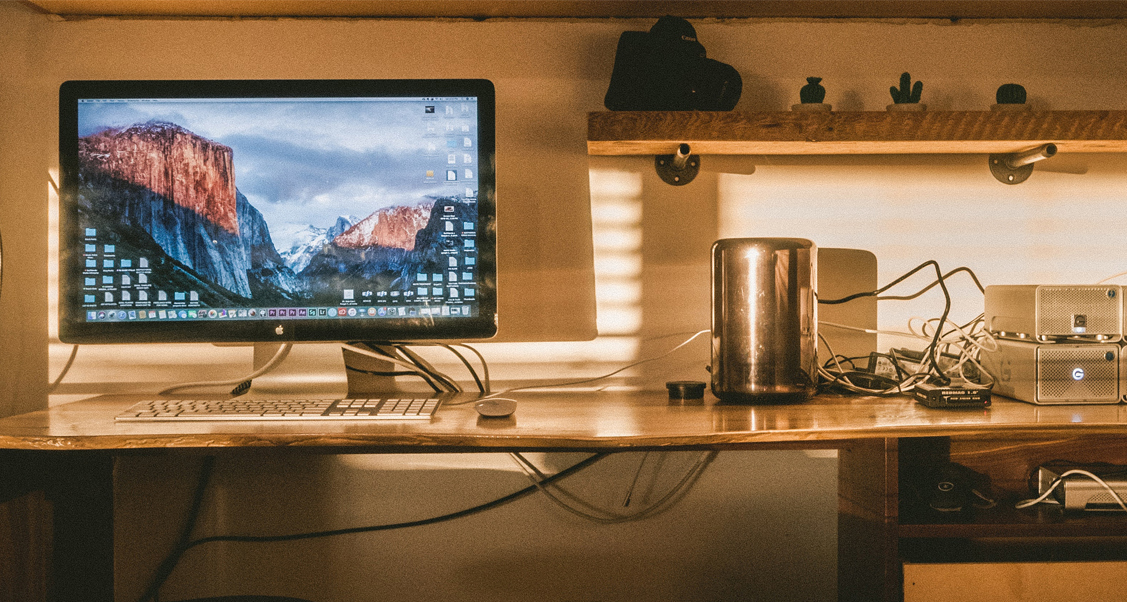You may be one of the many people in Canada now working from home. You may also be one of the many finding it hard to adjust… It’s tough when our usual routine is thrown out of whack. Experts believe that the key to making this adjustment easier is to set a new routine that you stick to. Here are a few practical tips to help you get started.
Define your workspace.
Start by creating a dedicated working space. This is a place that is only for work (i.e., not your bed, couch or kitchen table). Separating your workspace from your living space is key to preventing distraction, and sharpening focus on your work tasks.
Set a schedule.
Without a clear separation of work and home life, we no longer have a clear schedule. It is just as important to remain focused on work, as it is to not overwork. Try to get up at the same time you normally would for work, and finish at the same time. Establishing structure helps create better balance, and avoid burnout.
Mix it up.
Without in-person meetings and office lunches we may find ourselves staring at our computer all day. Every two hours, take 15 minutes to do something else. It could be as simple as getting a glass of water and sitting in a different room. Studies show that frequent, short breaks away from the computer increases our productivity and well-being.
Stay connected.
For some of us, working from home now means being alone, day in, day out. Make it a point to schedule at least one phone or video call every day (either socially or professionally). While it doesn’t replace face-to-face meetings, it can instantly uplift our mood just to hear someone’s voice.
Managing a full house
Without childcare or school, it is a full house for parents. How do you care for your kids, your house, your partner…and stay on top of work?
- Firstly, be kind with yourself. It’s ok if you’re not as productive as you were at the office.
- Do your best to set realistic schedules. If you have a partner at home, rotate days you do certain tasks, like play time with younger kids.
- Set aside time for quiet activities for your kids (when you can get work done).
- With everyone in the same space, it can become overwhelming. So, try to also give yourself quality time – whether it is taking a bath, meditating or chatting with a friend.
A shift in the right direction
Transitioning to working from home may not be easy, but it’s one many of us are facing together. Taking a few key steps to making the most of this shift can help you stay positive – and productive – in the face of change.




